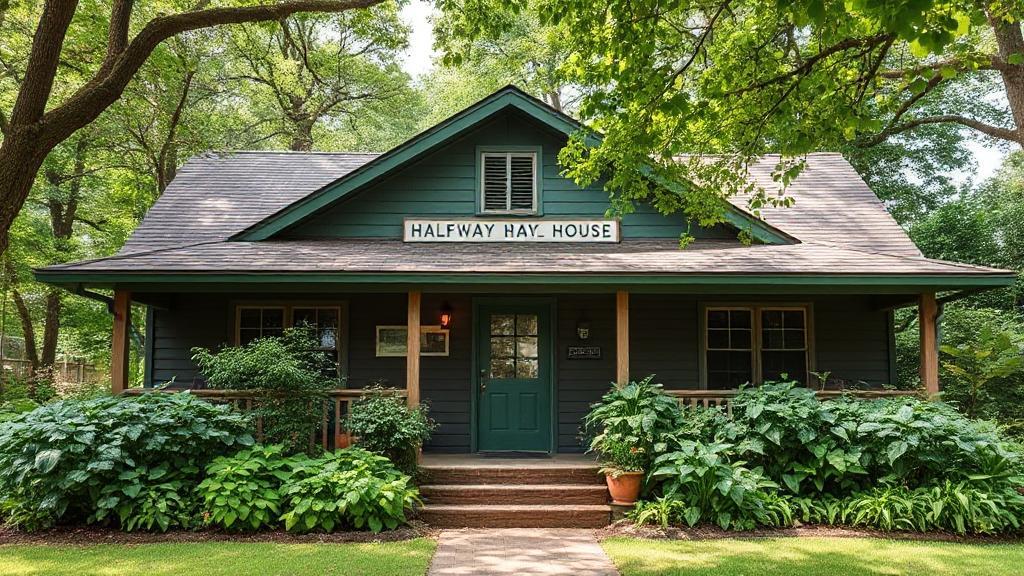Understanding the Purpose of a Halfway House 🏠
What is a Halfway House?
A halfway house, also known as a sober living home or transitional living facility, is a residential facility designed to help individuals transition from a restrictive environment, such as prison or rehabilitation center, to independent living. These facilities provide a structured and supportive environment that bridges the gap between institutional care and full reintegration into society.
Core Functions and Objectives
Structured Support System
- Regular counseling sessions
- Substance abuse treatment programs
- Mental health support
- Life skills training
- Employment assistance
Rehabilitation and Recovery
For individuals recovering from substance abuse, halfway houses provide a sober environment that supports recovery. Residents often must attend support groups such as Alcoholics Anonymous (AA) or Narcotics Anonymous (NA).
Reintegration Process
The transition process includes:
- Establishing daily routines
- Practicing responsible decision-making
- Building healthy relationships
- Developing financial management skills
- Securing stable employment
Rules and Requirements ⚖️
"Structure and accountability are essential components of the rehabilitation process." - National Institute of Justice
Typical requirements include:
- Mandatory curfews
- Random drug testing
- Employment or education enrollment
- Participation in counseling programs
- Regular check-ins with staff
- Contribution to household duties
Support Services
Modern halfway houses provide comprehensive support:
| Service Type | Purpose |
|---|---|
| Career Development | Resume writing, job search skills |
| Education | GED programs, vocational training |
| Life Skills | Budgeting, cooking, time management |
| Health Services | Medical referrals, mental health support |
Types of Halfway Houses
Government-Operated
- Funded through state or federal programs
- Typically more structured
- Often mandatory for certain offenders
Private Facilities
- Run by non-profit organizations
- May offer specialized programs
- Sometimes accept self-referred residents
Benefits and Impact
Research from the Bureau of Justice Statistics shows that successful halfway house programs can:
- Reduce recidivism rates by up to 20%
- Lower taxpayer costs compared to incarceration
- Increase employment rates among former inmates
- Strengthen community safety
Challenges and Considerations 🤔
Despite their benefits, halfway houses face several challenges:
- Limited funding and resources
- Community resistance ("Not In My Backyard" syndrome)
- Maintaining appropriate staffing levels
- Balancing security with rehabilitation goals
- Stigma affecting residents' self-esteem and community acceptance
- Regulation and oversight consistency
Finding a Halfway House
Several resources are available for finding appropriate halfway houses:
- Visit the Substance Abuse and Mental Health Services Administration (SAMHSA)
- Contact local treatment centers or mental health organizations
- Visit the National Reentry Resource Center
- Check the Federal Bureau of Prisons website
Halfway houses remain an essential component of successful reintegration strategies, providing vital support for individuals transitioning back to independent living while reducing recidivism rates and promoting positive societal outcomes.
